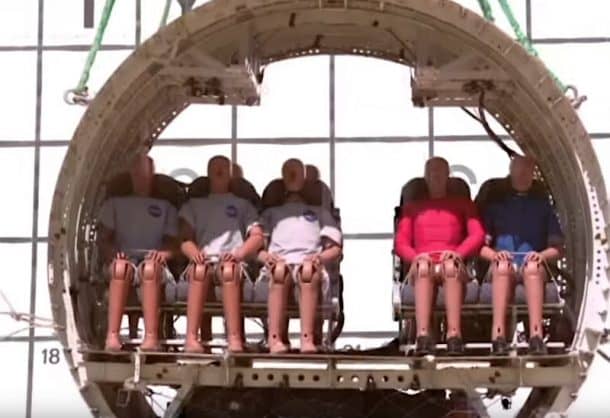Crash dummies have a tough life. But NASA’s crash dummies have gone through the worst. These dummies have to go through everything from next-gen aircraft to bearing the water-impact tests of Orion astronaut crew capsules. These crashes are quite epic to watch when a dummy is involved, of course. These tests are done to ensure that a human can never suffer the same fate. NASA’s crash dummies are packed full of sensors, which give information to scientists where the impact is the heaviest.

Martin Annett, structural impact dynamics engineer at the Langley Research Center said, “Everything that you want to know about injury occurs anywhere from one-tenth to four-tenths of a second [during impact]. We have to be able to capture a lot of data within that time frame.” Annett said that improvements in data collection and the sensors mean that more modern dummies can successfully gather information from smaller sensors. The process has become very easier.
Annett added, “…You can now put a suite of sensors just in the back of the head and then the data will be stored on a laptop. We can then take a look at that data, evaluate that against injury criteria, [and] compute different injury criteria.” For example, a video of a dummy badly hurt in a plane fuselage impact led researchers to develop energy-absorbing seats. These seats can protect the passengers more in the event of that scenario. NASA researchers say that they will keep crashing the dummies as long as there is a risk of something going wrong.


